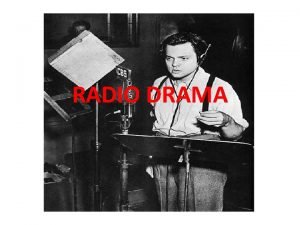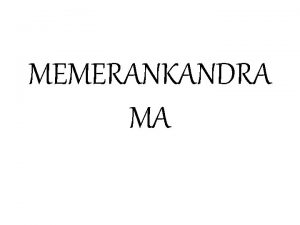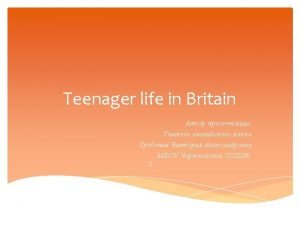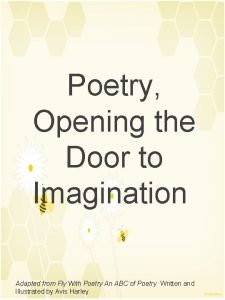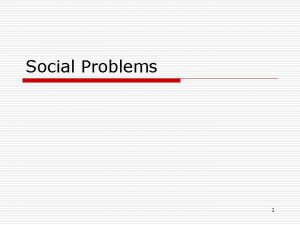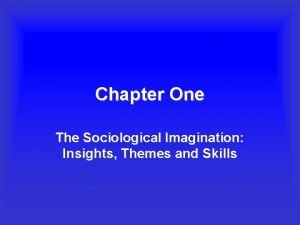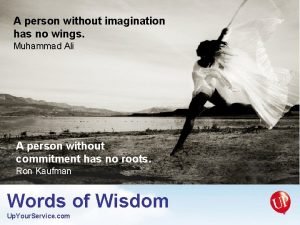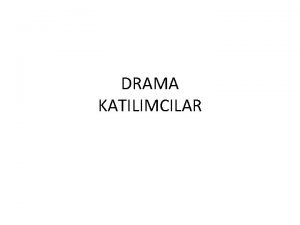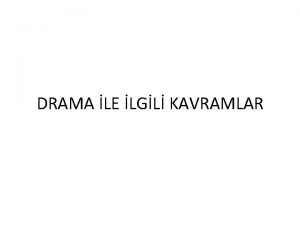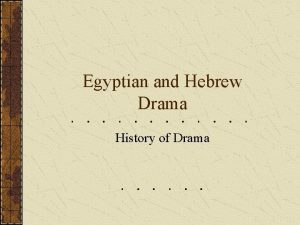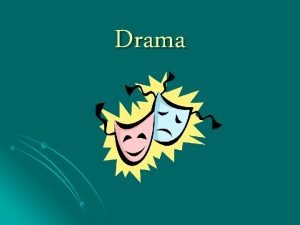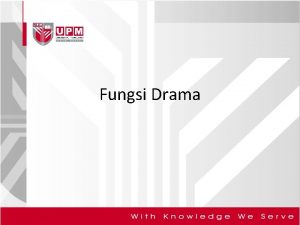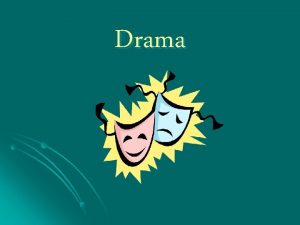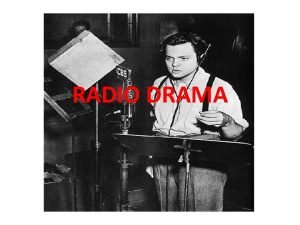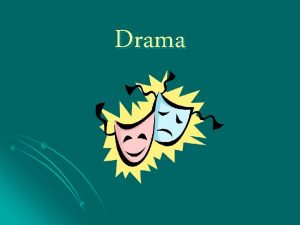Drama with Children Imagination What is Imagination The














- Slides: 14

Drama with Children Imagination

What is Imagination… The idea of imagination has long been recognized, but what is the value of imagination? n Let’s look at some quotes: n “…imagination is the spark that makes the human the “paragon” of all animals. “ (Shakespeare) “…is probably the oldest mental trait that is typically human – older than discursive reason. ” (Langer) “…is free-flowing, open-ended, transformational. ” (Allen)

Let’s look at a few quotes closer to home… n n “…drama is more about developing social skills and overcoming fear. It also shows them (students) how to use their imagination, something that is seriously lacking in today’s young children because of all the electronic toys…” (an IETTP student) “…it can be fun to become something they are not; a quiet girl can learn she has a voice, a bully can be a gentle farmhand, a class clown can become a serious judge. Drama classes (and use of imagination) can add an element to a child’s perspective that few other things can…. ” (an IETTP student)

Use of the Immagination n The use of imagination can be broken down into 4 main sub-points. What are they? 1)Concentration 2)Organization 3)Creativity 4)Problems in the use of Imagination

Concentration: n n n Concentration refers to the ability to hold an idea long enough to actually make use of that idea. Inexperienced or self-conscious students may have difficulty here, as before they can make use of an idea, that idea is gone. With many young learners, this doesn’t pose a problem, because they are less self-aware, and have more willingness to experiment

Organization: After the students are aware of their ideas (concentration), they have to fit their ideas into a framework. This is organization. n However, organization does not mean things have to take a certain rigid form. This defeats the notion of imagination. n Students should be challenged to find “another way” to possibly organize things. n

Creativity: n Creativity can be defined a number of ways, but mostly in two different abstract ways. What are they? 1) Creativity is the “process”, that may become a new way of seeing and doing things, or a new relationship of ideas. 2) Creativity may be defined as the “product”; something that has reached a different conclusion than originally planned.

Interesting Notes on Creativity An assumption from psychologists doing research is that creativity is not a gift that is held by a specific few, but rather something that is possessed by everyone to various degrees. n It has been found the human beings learn more if empowered to approach their studies creatively. n From: Creative Drama in the Classroom and Beyond

Getting Imagination Going To get students to prepare to use their imagination, the teacher should attempt to create a mood for the students to do so. n This can be done through physical movement, use of music, use of voice, or through suggestion/description of a place or event. n It can be achieved through both new and old ideas. n

Self Expression Drama implies the use of self-expression, which means involvement, beyond simply speaking or moving. n How do the students feel about what they are doing? How do they interpret what they are doing? n At this point, the teacher is not concerned with how the children are doing activities, but rather with the idea that they are participating. n

Problems with Imagination n Problems can arise when students are trying to use their imagination. These problems can be generally put into three categories. What are they? 1)Discipline 2)Introverted Students 3)Extroverted Students

Discipline n The classroom, especially the Drama classroom, is fraught with potential problems with discipline. There are two schools of thought on this: 1) Discipline should be relaxed and students should be able to be free 2) The opposite. Rules and regulations, that facilitate proper learning.

Self-Consciousness n Students can be self-conscious in two different general ways; these two ways can be further subdivided into 5 major groups. 1) Timidity – fear of making mistakes, inadequacy 2) Exhibitionism – show offs in need of attention 3) Isolation – loners; may be exceptional in cases 4) Insensitivity – rejected show offs, dramatic 5) Distraction – possibly hyperactive, no concentration

Evaluation n n Teachers need a good “benchmark” to see how things are progressing in their Drama class. This benchmark can relate to use of imagination, or Drama as a whole. Mc. Caslin suggests some of the following criteria: 1) Have individuals in class become a group? 2) Is each child in the group an equal part of the group? 3) Is physical movement becoming freer, more expressive? 4) Have the activity goals been met? 5) Is there eagerness to begin, reluctance to end? 6) Does the noise level reflect the enthusiasm?
 Drama türleri
Drama türleri Drama
Drama Asal kata drama yaitu dramoi yang berasal dari bahasa….
Asal kata drama yaitu dramoi yang berasal dari bahasa…. Soap serial
Soap serial Imagination farms
Imagination farms Empowering imagination
Empowering imagination General electric imagination at work
General electric imagination at work Exercise your imagination
Exercise your imagination How sociologists view social problems: the abortion dilemma
How sociologists view social problems: the abortion dilemma Poem casey at the bat
Poem casey at the bat Luise reddemann
Luise reddemann Sociological imagination vs sociological perspective
Sociological imagination vs sociological perspective Definition of social issues
Definition of social issues The sociological imagination chapter 1 summary
The sociological imagination chapter 1 summary The man with no imagination has no wings
The man with no imagination has no wings

